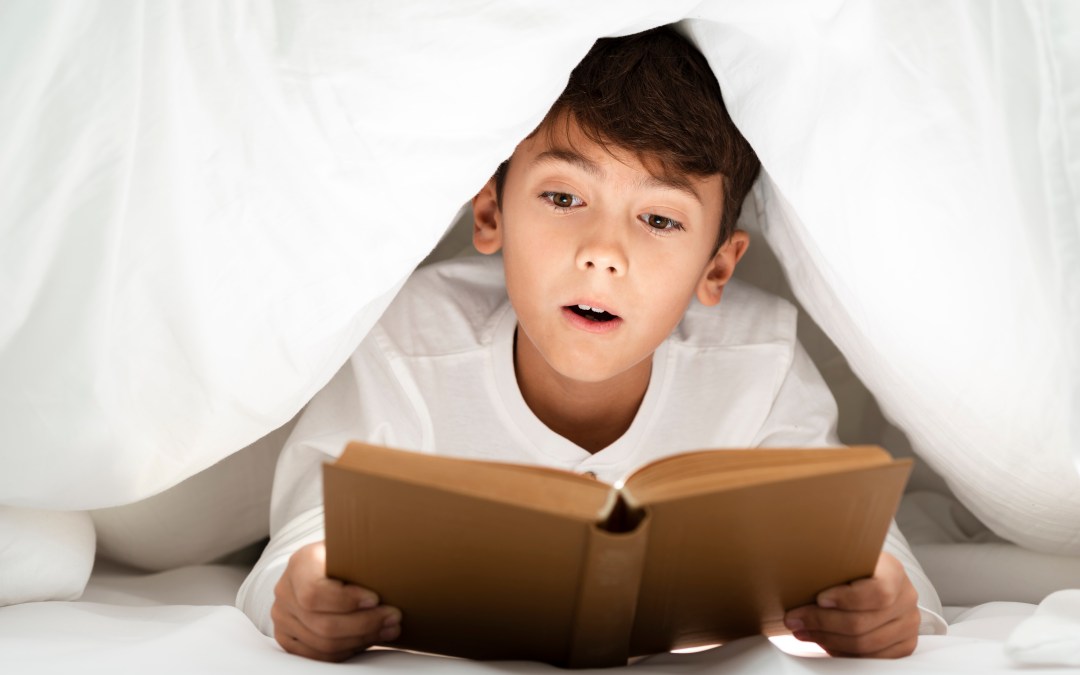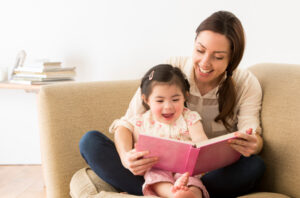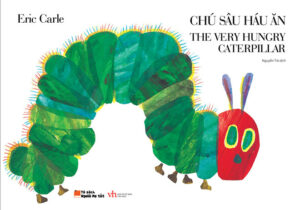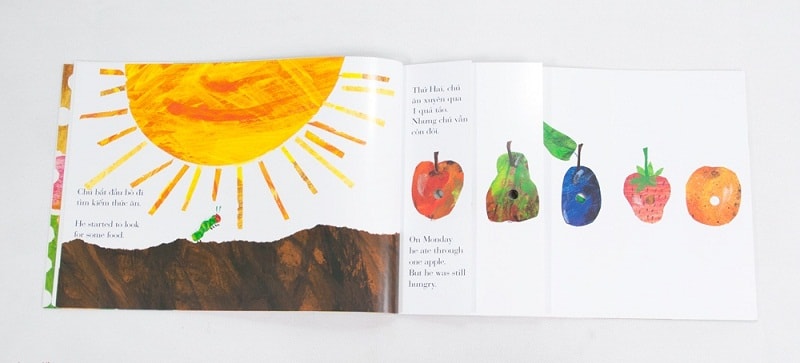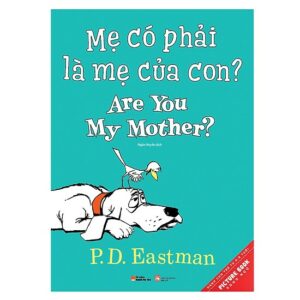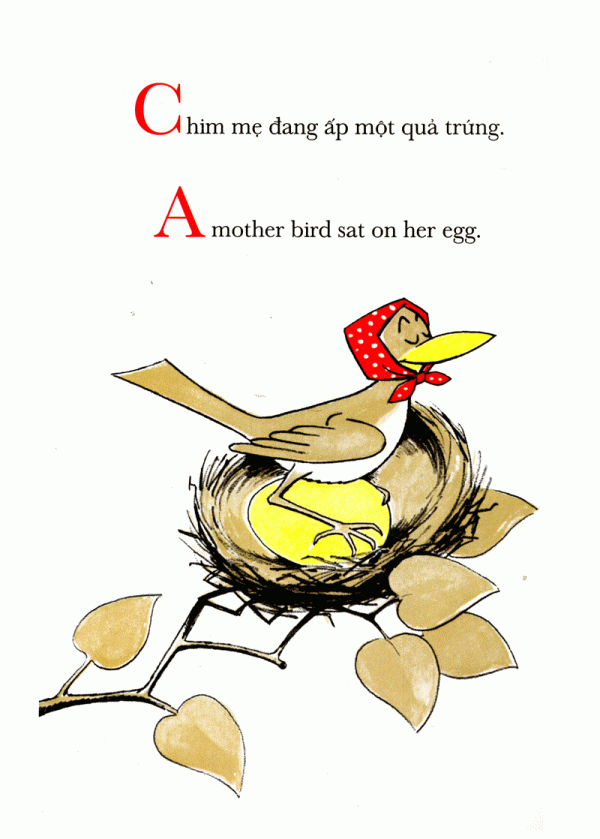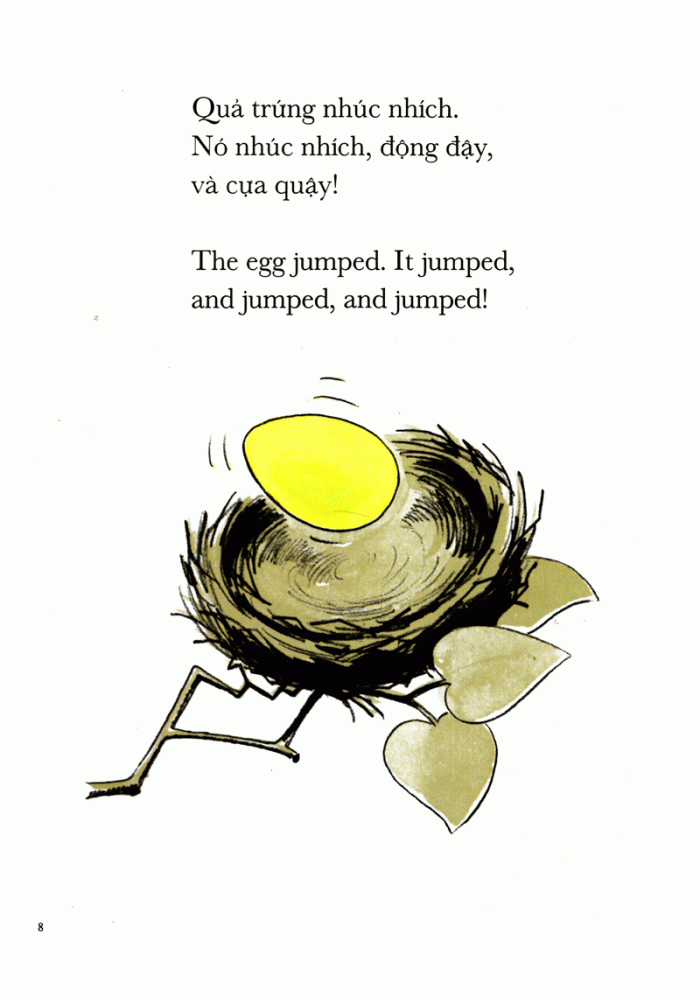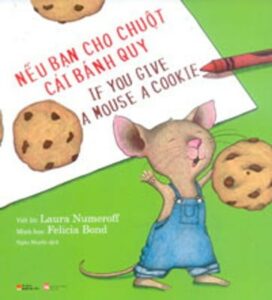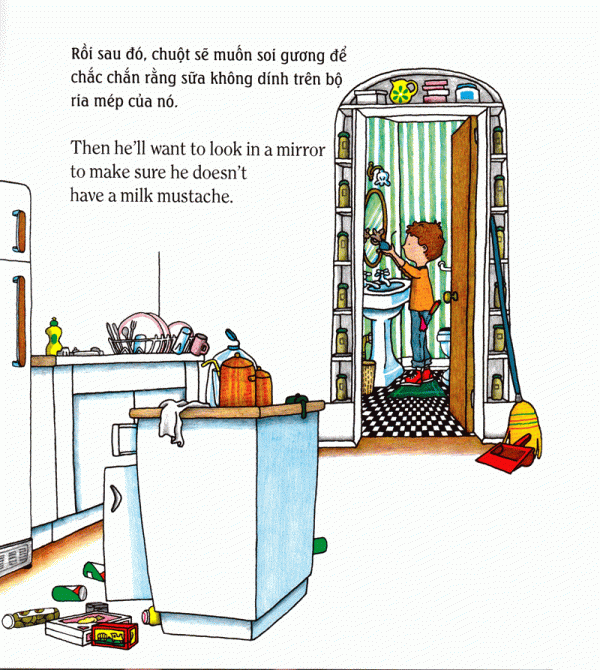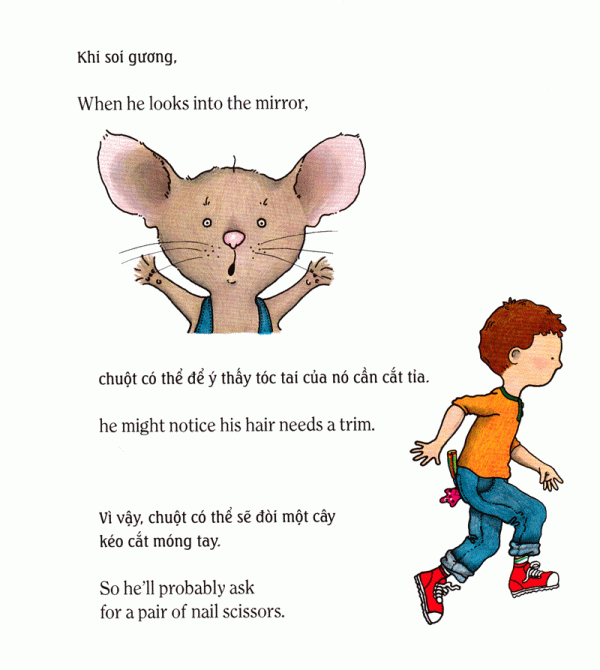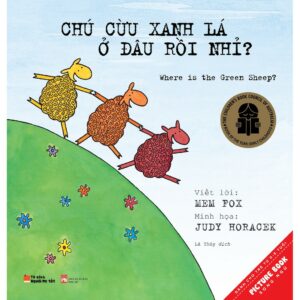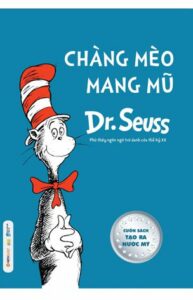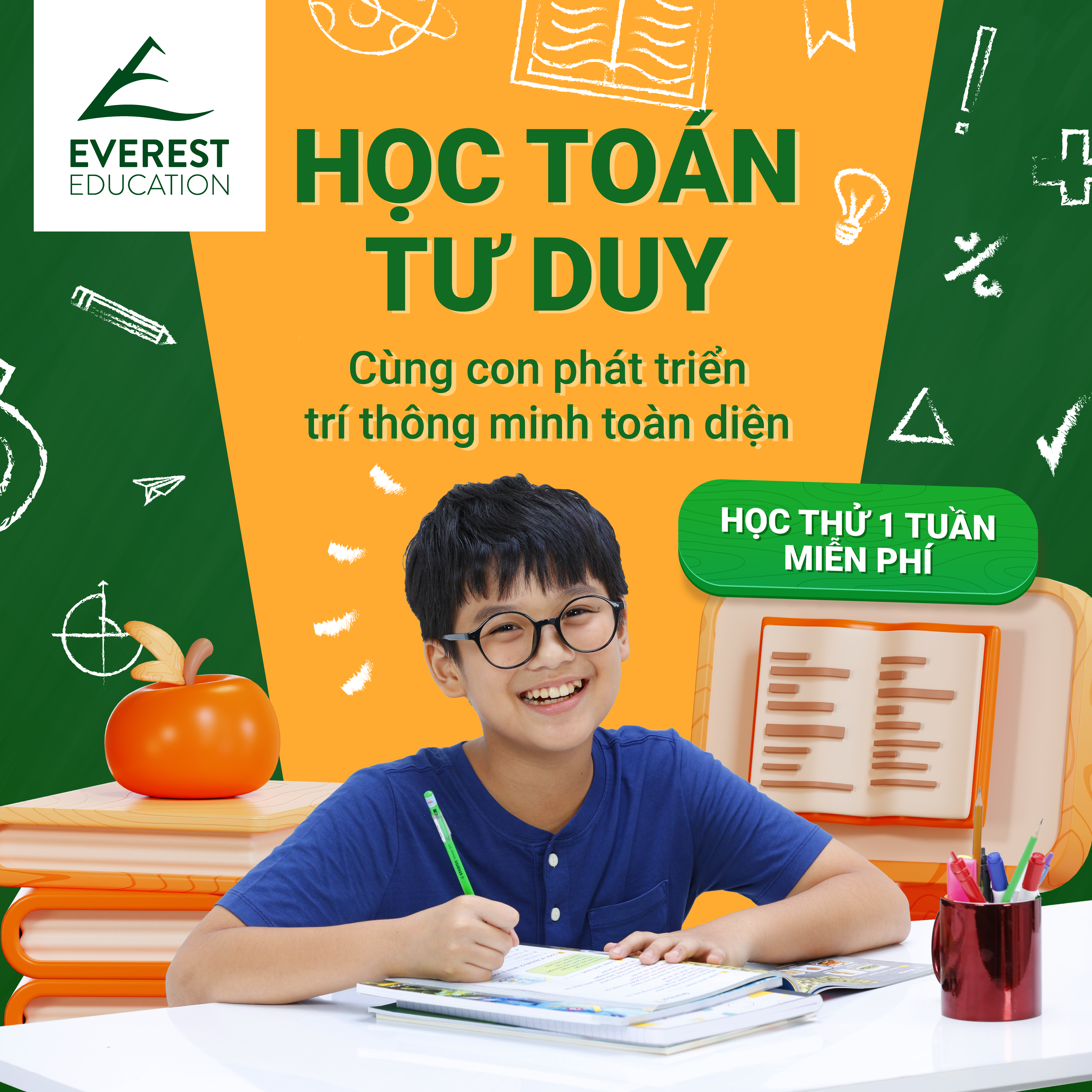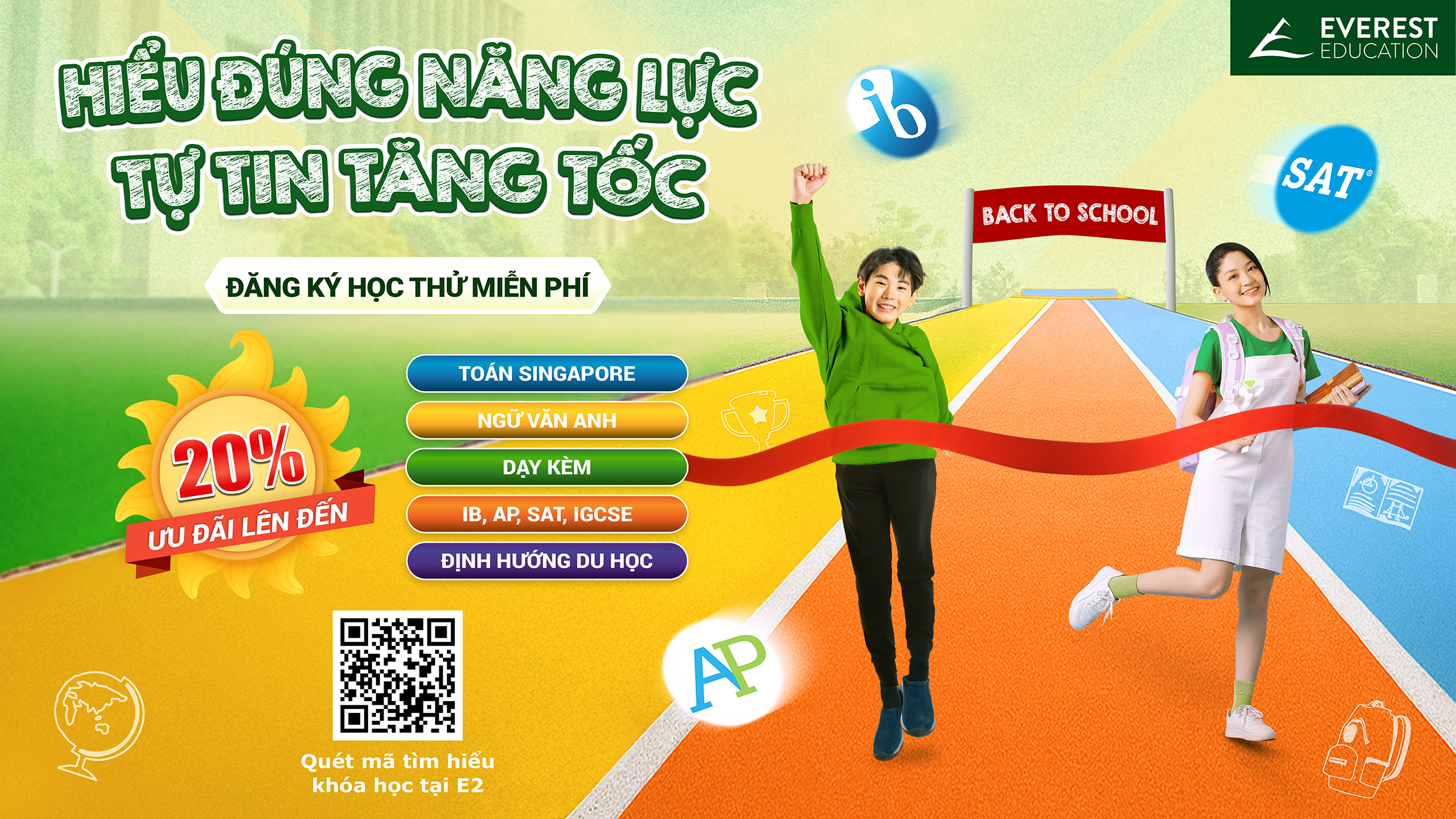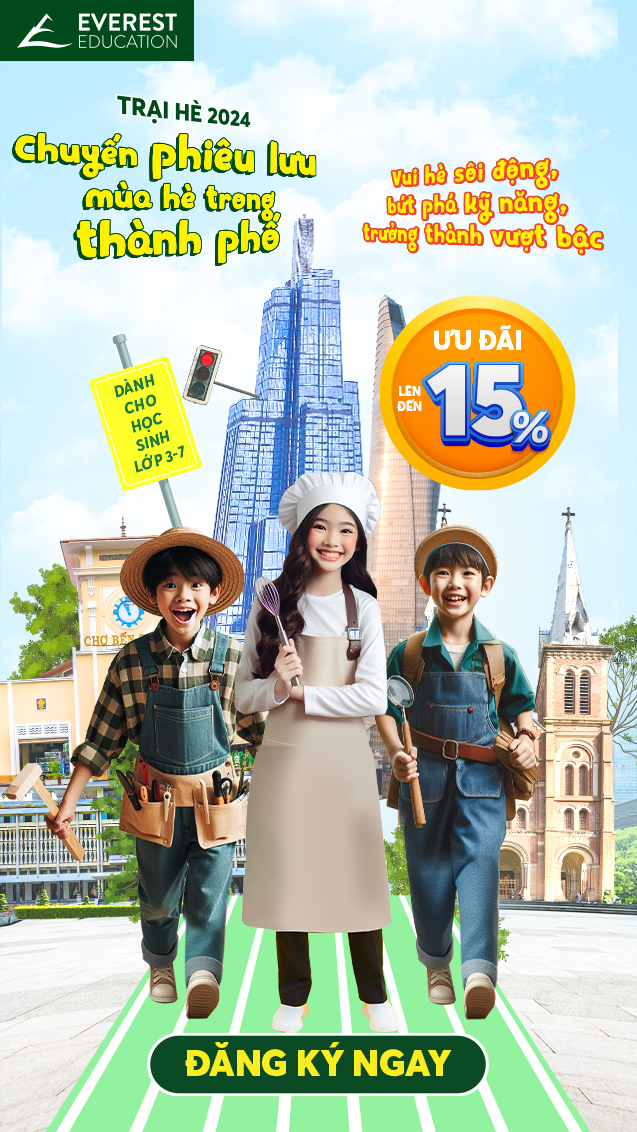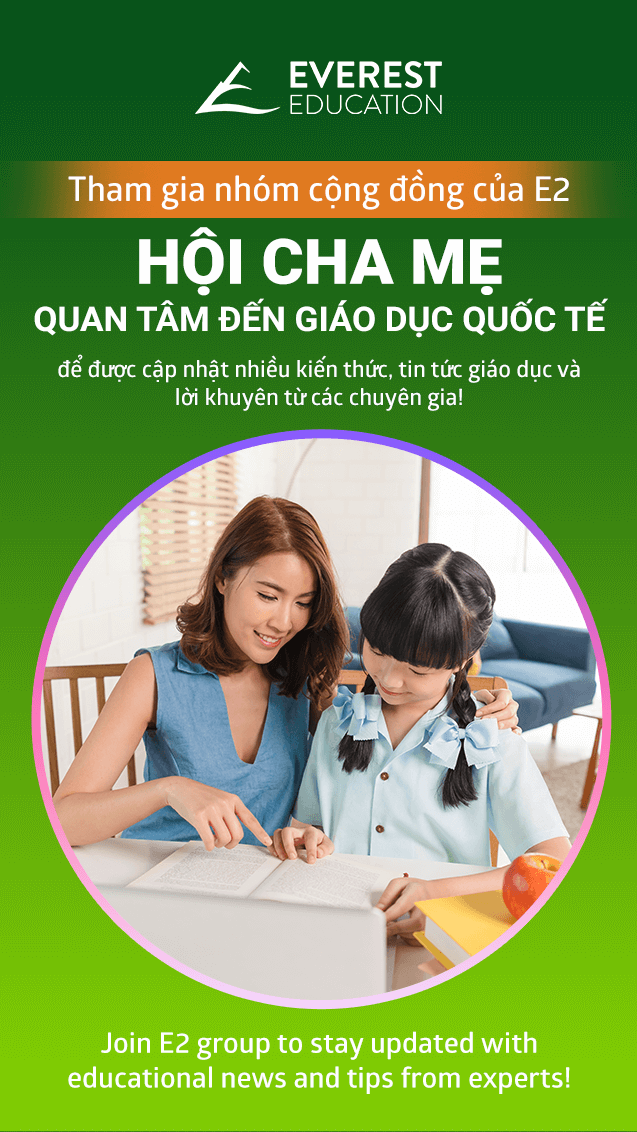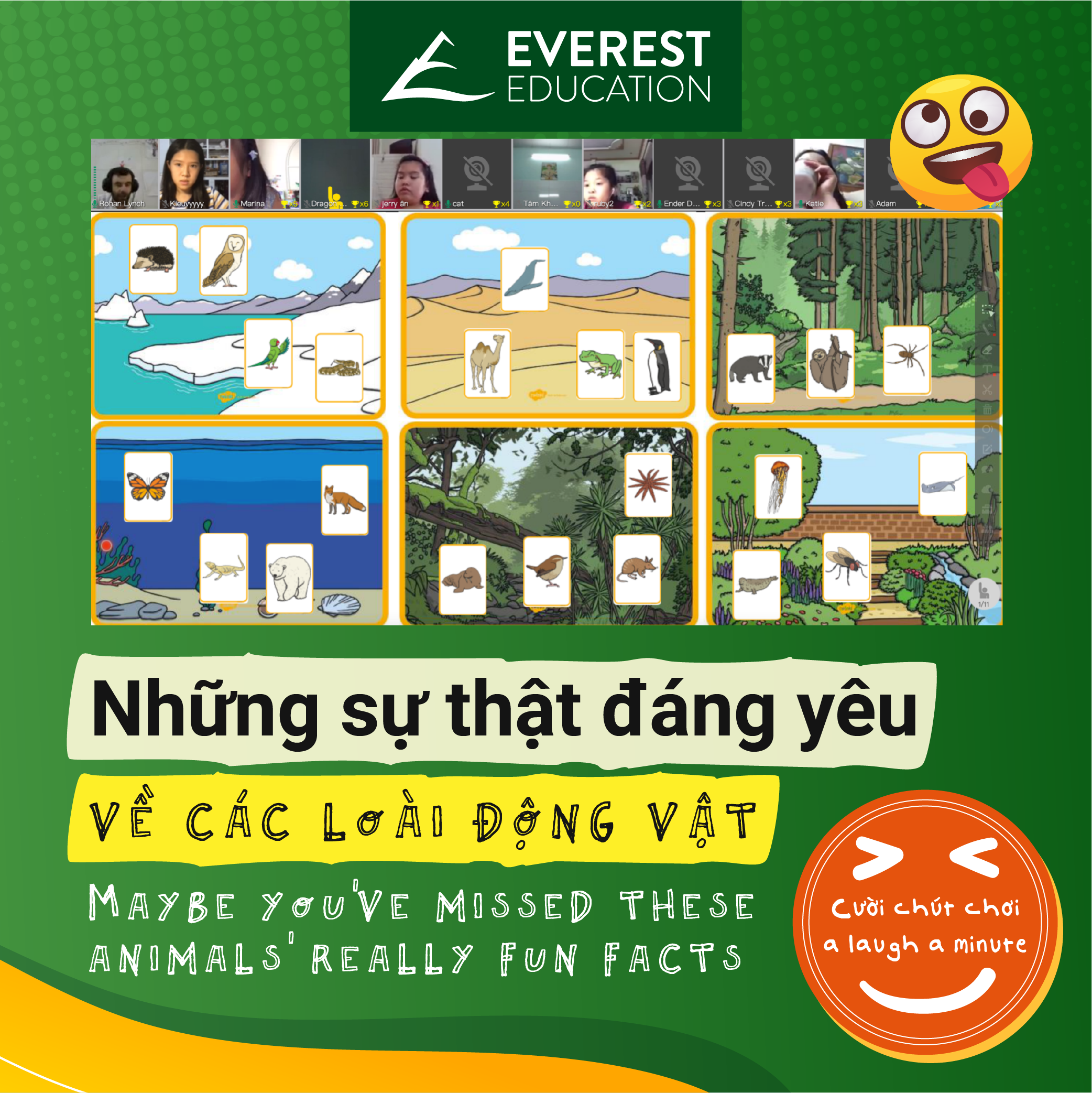Reading is one of the most fun and effective ways to help your child improve her English language skills. It can help to expand her vocabulary and expose her to different sentence structures, while still enjoying some wonderful stories.
Encouraging your child to read or listen to stories should help them learn a second language in a way that is not only fun, but memorable. Unfortunately, sometimes it can be difficult for parents to choose a good book for their child? As parents are not language experts, how can you know that book is “just right” for your child’s reading level.
That’s why we have put together a list of the best 5 bilingual children’s books for you to use when you start introducing English to your child. These books are written for beginners, so the language is simple and the lessons are very straightforward for children of all ages. They are not only fun and engaging, with a lot of pictures to help understand, but also teach good English grammar.
These books are also short, so it won’t take you much time to finish. are fast, easy, helpful, and made to be fun . You can read and re-read with your young English language learners to promote family literacy.


